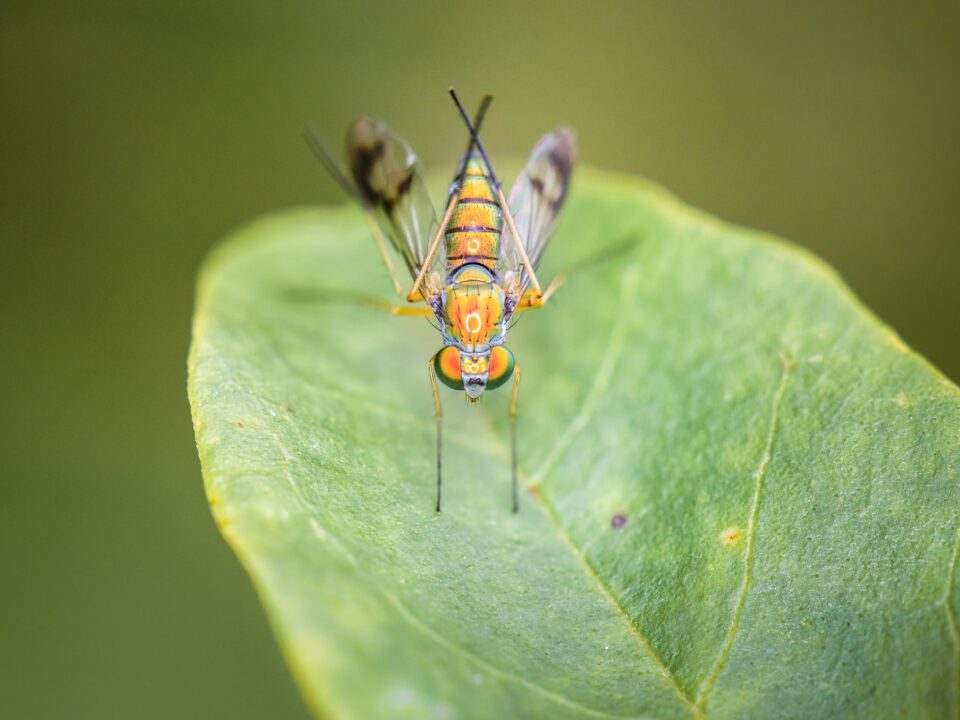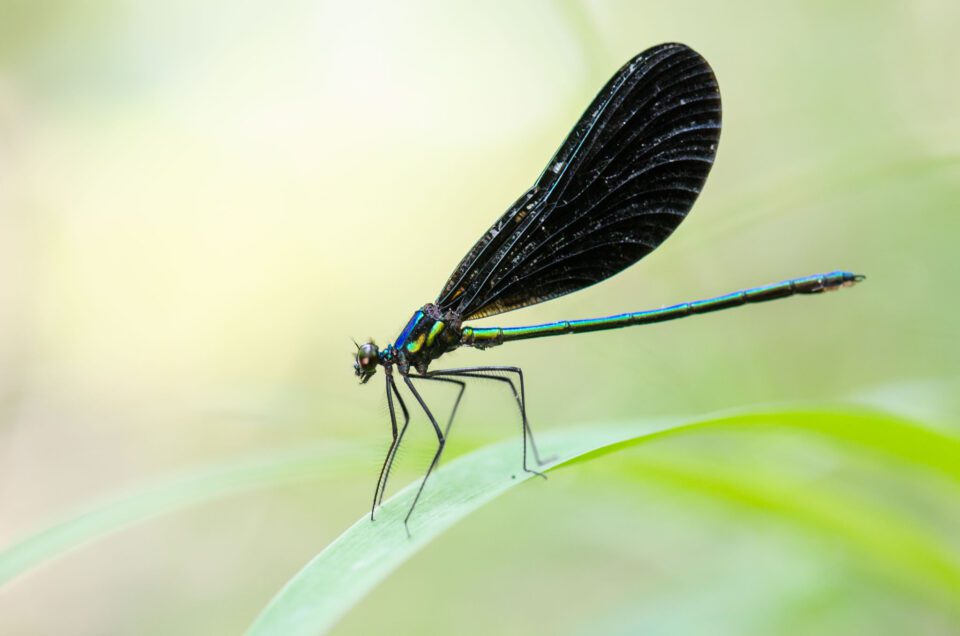Macro Photography Lighting
For our readers in the Northern Hemisphere, it’s that time of year again — days are hotter, nights are shorter, and the air is stuffier. With the changes in weather, two different creatures are beginning to emerge from their deep winter slumbers: the insect and the macro photographer. As macro photography grows more popular, a key question arises: what is the best way to light a bug’s picture?
.
d

Nikon D800e + 105mm f/2.8 @ 105mm, ISO 1600, 1/320, f/8.0
Captured with a ring light.
Captured with a ring light.
Several different lighting techniques exist for macro photography, with each method having its own rewards and drawbacks. The best lighting method for one situation may not work at all in another, and some common lighting techniques for macro photography aren’t as helpful as they appear.
The most simple lighting method, of course, is to use natural light exclusively, without any flashes or ring lights. On the plus side, natural lighting in macro photography tends to look nicer than artificial light, and, at the right times of day, it can be simply beautiful. However, with the small apertures and fast shutter speeds required for sharp macro photos, natural light sometimes just isn’t bright enough.

To fix this inherent problem, two main solutions exist: ring lights and flashes. Ring lights tend to be cheaper, but they are significantly less powerful. Some argue that they produce flat and unnatural lighting, too. On the other hand, flashes are more versatile (including double and singe flash options), but they are also much harsher and more expensive than ring light
No comments:
Post a Comment